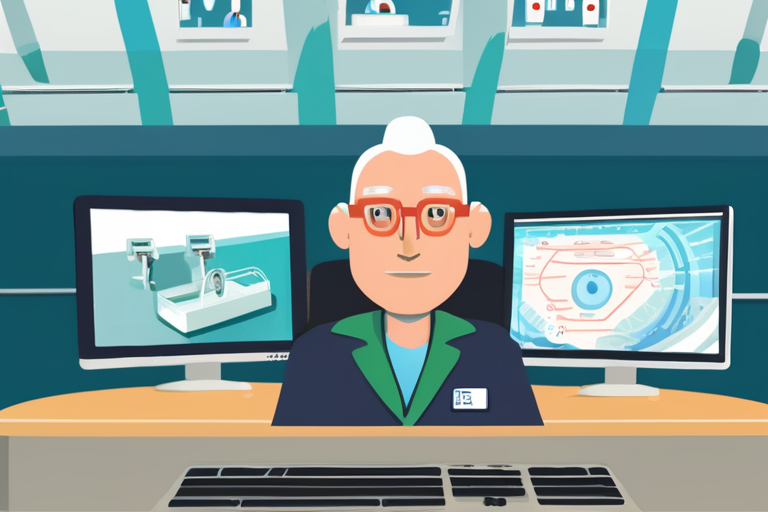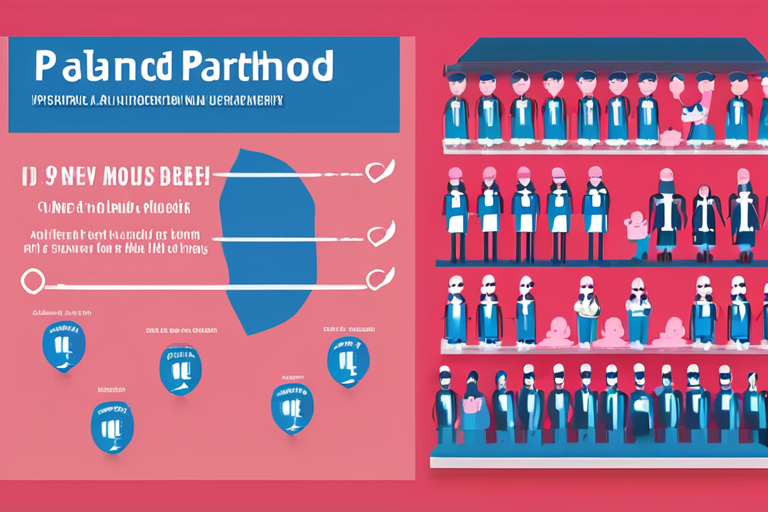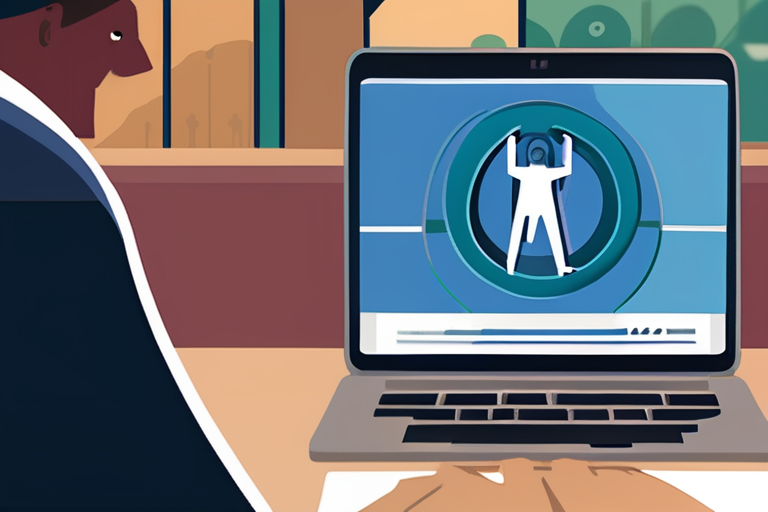Medicare Telehealth Services Halted for Millions Amid Government Shutdown


Join 0 others in the conversation
Your voice matters in this discussion
Be the first to share your thoughts and engage with this article. Your perspective matters!
Discover articles from our community

 Hoppi
Hoppi

 Hoppi
Hoppi

 Hoppi
Hoppi

 Hoppi
Hoppi

 Hoppi
Hoppi

 Hoppi
Hoppi

Government Shutdown Looms: Widespread Disruptions Expected Nationwide A government shutdown is imminent, with funding set to expire at 12:01 a.m. …

Hoppi

Wisconsin Planned Parenthood to Halt Abortions Amid Medicaid Funding Concerns MADISON, Wis. — In a move that has sparked both …

Hoppi

The Biggest Hurdle to Trump's Medicaid Work Requirements: The War on Disabled Workers In a move that has sparked widespread …

Hoppi

Government Shutdown Begins: What's Next for Federal Agencies and Americans The federal government officially shut down on October 1, 2025, …

Hoppi

Government Shutdown: Democrats' Decision to Shut Down Government Sparks Debate The federal government shut down at midnight on Wednesday, October …

Hoppi

CDC Abruptly Halts Remote Work for Employees with Disabilities Amid Union Concerns The Centers for Disease Control and Prevention (CDC) …

Hoppi